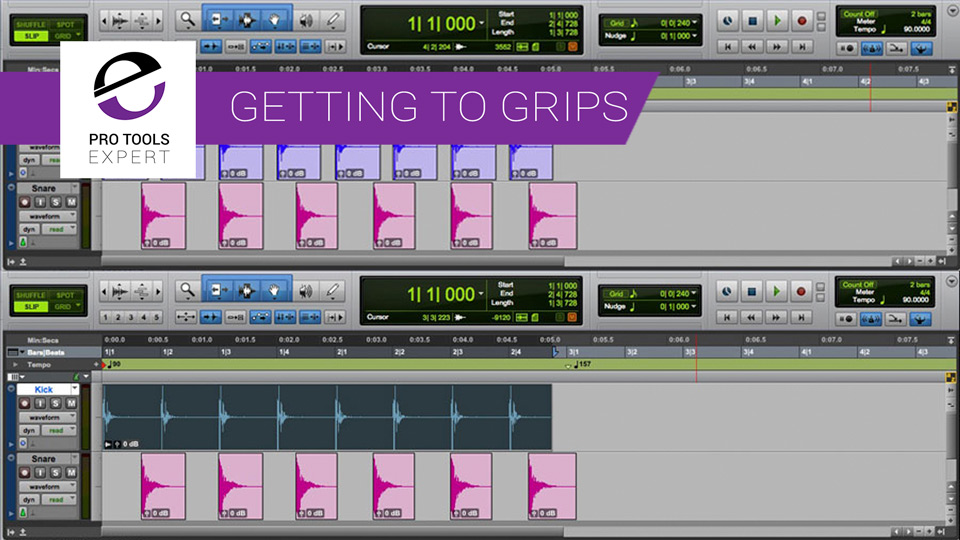

Monitors must be measured in your studio space to create their correction profile. The SoundID Reference plugin provides built-in correction profiles for hundreds of headphone models. Every DAW provides some good routing solutions, and some DAWs (like Cubase Pro) provide a dedicated monitor routing section for this exact reason. You do not want corrective equalization to be printed to the mix-the correction is only for your monitor system.

If you are playing reference tracks from another program on your computer through your interface, you will want to use the Reference app, which applies the necessary corrective equalization to the audio output of your computer, as opposed to your DAW output only.

If you’ve imported reference tracks into your DAW, there should be no problem. Be sure that your mix and any reference tracks that you are comparing your mix against are all either routed through the SoundID Reference plugin or the app.There are three issues that are crucial to remember when using the SoundID Reference plugin: Remember that Sonarworks provides built-in profiles for hundreds of headphone models, but for monitor speakers, you must measure your room with SoundID Reference and the Sonarworks calibrated measurement microphone. Let’s assume that you are familiar with how Reference’s calibration works and that you have already configured correction profiles for your headphones and reference monitors. That is why the corrective equalization applied by SoundID Reference is essential and should be integrated into your workflow and setup.Įach DAW and your particular workflow requires a slightly different setup of SoundID Reference, so this article will cover some specific setup tips for a few different scenarios, like monitoring with SoundID Reference and tips for printing or bouncing your mixes.
#HOW TO USE PRO TOOLS PROFESSIONAL#
A flat and trustable frequency response is required by all audio engineers in professional studio spaces and home project studios alike. If your goal is to create a mix that translates well to as many listening situations as possible, you need to have an accurate monitor system, whether it be a pair of headphones or studio monitors in a treated studio space. If you are reading this article, you are undoubtedly already aware of the benefits of using Sonarworks SoundID Reference to compensate for the irregular or colored frequency responses inherent in most listening environments.


 0 kommentar(er)
0 kommentar(er)
